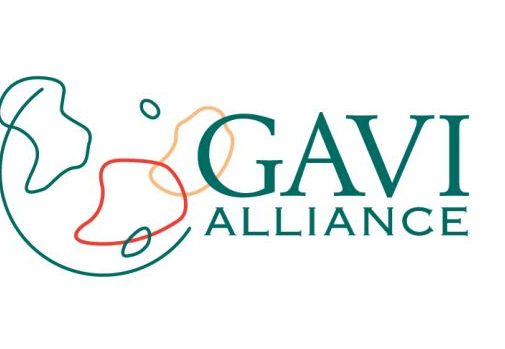Ed note. This op-ed by GAVI CEO Seth Berkeley originally appears in Project Syndicate and is reprinted here with permission.
GENEVA – Ask most people to name the two biggest causes of death among children, and they will most likely say malaria and HIV. In fact, it is pneumonia and diarrhea – the “forgotten killers” – that are responsible for the highest death toll, claiming more than two million of the most vulnerable lives every year.
Together, these two diseases account for 29% of all deaths of children under five years old. That is more than double the total for HIV and malaria combined, and nearly as many as all other infectious diseases, injuries, and other post-neonatal conditions put together.
Yet as shocking as these statistics are, what is perhaps even more surprising is just how preventable pneumonia and diarrhea are – so much so that it would be quite feasible to introduce measures that by 2025 would reduce their death toll to almost zero. That is precisely what we are now aiming to do.
An ambitious new plan, called the Integrated Global Action Plan for the Prevention and Control of Pneumonia and Diarrhea, launched this month by the World Health Organization and UNICEF, aims to step up existing interventions and pool global efforts, with the goal of reducing the number of deaths from pneumonia to less than three children per 1,000, and of diarrhea-related deaths to below one in 1,000. This would effectively end the preventable deaths of more than two million children every year.
For any other infectious disease or global health threat, achieving this kind of reduction in incidence rate and mortality would be nothing short of miraculous. Yet, for pneumonia and diarrhea, we have every reason to believe that we can succeed, because we already know what works.
For example, infants who are not exclusively breastfed for the first six months have a ten-fold increase in the risk of death from diarrhea, and are 15 times more likely to die from pneumonia. Similarly, basic sanitation, such as improved hand washing and access to clean water, and better nutrition can also produce significant risk reduction, much of which can be achieved through simple education programs.
Immunization is also highly effective. Vaccinating children against rotavirus, for example, can protect them from a pathogen that is responsible for 37% of all diarrhea deaths in children under five, thus saving 450,000 lives every year. Similarly, vaccines exist to protect against pneumococcal disease, which accounts for a half-million pneumonia-related deaths annually.
When combined, these interventions significantly reduce both pneumonia and diarrhea; the problem is that, too often, they do not reach the children most at risk, such as those living in extreme poverty or hard-to-reach communities in the world’s poorest countries. That is why we now need the Integrated Global Action Plan.
The two diseases share so many common causes and risk factors, prevention strategies and interventions, and delivery platforms for care in clinics, communities, and schools that it makes sense to bring them together. But, if those hard-to-reach children are to benefit, our efforts must be scaled up significantly.
Until recently, this simply would not have been possible, at least not on the immunization front. The vaccines protecting against rotavirus and pneumococcal disease are both barely more than a decade old. In the past, such new vaccines would take, on average, 15 years to reach developing countries – and then at prices that would place them beyond the reach of those most in need.
This is one of the reasons why my organization, the GAVI Alliance, was created: to help accelerate the introduction of new vaccines and make them more affordable and accessible in developing countries. Through our unique public-private business model, we have worked with our partners to help increase supplies of these vaccines while simultaneously bringing down their price. Indeed, since 2006, the price of rotavirus vaccine has fallen by 67%, to just $2.50 per dose, while the price of a dose of pneumococcal conjugate vaccine has plummeted by 90%, to $3.50.
Such price reductions have and will continue to play a crucial role in saving the lives of millions of children and achieving the Millennium Development Goal of reducing child mortality by two-thirds. To date, GAVI has helped countries immunize more than 13 million children against pneumococcal disease and five million children against rotavirus, with plans to strengthen its efforts in countries where immunization coverage is below 70%.
None of this means that we will not still face significant obstacles. But the one thing that we know about immunization is that we can reach everyone. We did it with smallpox, which has now been eradicated, and we are doing it with polio (with less than 100 cases worldwide this year). The challenge now is to do the same with all of our life-saving vaccines – particularly those that target the biggest killers of children.
–Seth Berkley is CEO of the GAVI Alliance.
